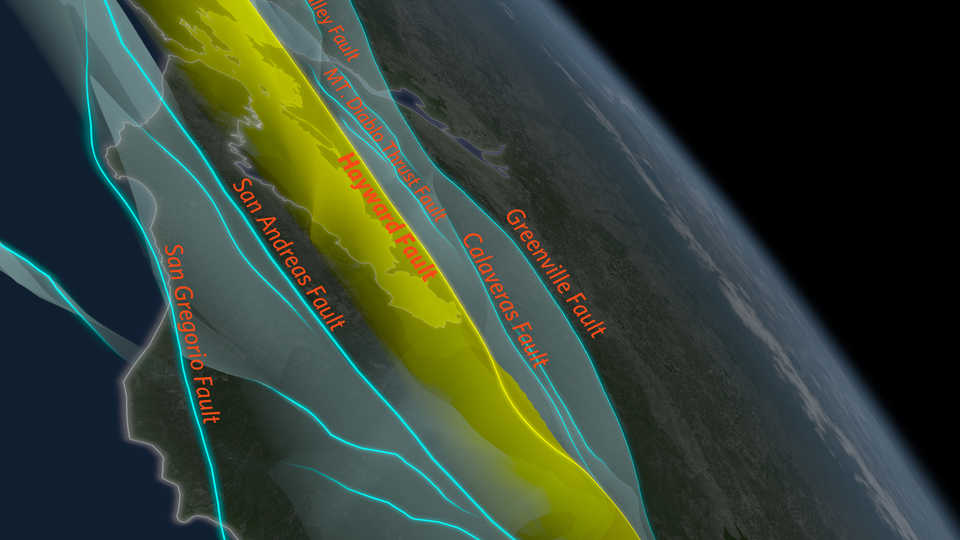Get a new perspective on earthquakes with this rich collection of multimedia resources. You'll learn why earthquakes happen, how they've shaped the Bay Area, and what you can do to prepare for the next one.
This post is part of Exploring Earthquakes, a rich collection of resources co-presented by the California Academy of Sciences and KQED. This material is also available as a free iBooks textbook and iTunes U course.
